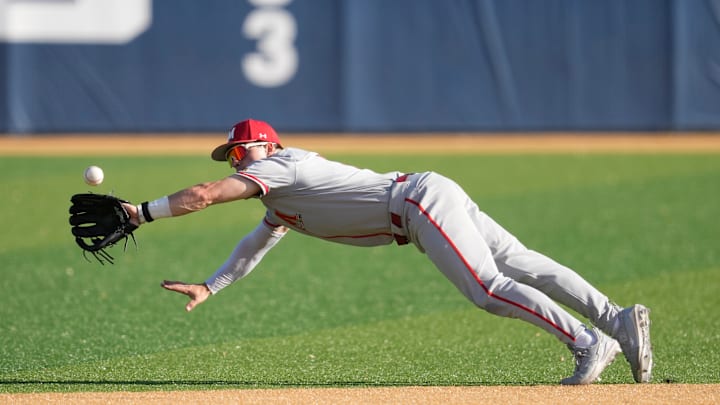Drafting the college hitter is always the answer
If you read my article from May, you’d know that the Cubs have had significantly more luck drafting college hitters than they have had drafting literally any other kind of player.
That being said, I did a deeper dive recently to determine if that was something that was specific to the Cubs, or if that was something that was true across the league over any meaningful period of time and the answer wasn’t surprising.
Since the 2013 draft, there has been a correlation between the age of a player at the time of the draft and their eventual major league success. Over the last ten drafts, the difference in WAR created by college hitters versus their high school counterparts was 296.5 to 111.1. Beyond that, the difference between college pitchers and high school pitchers was 216.1 to 43. There was not a single year in which high school pitchers or hitters earned more WAR than college pitchers or hitters.
So, by that logic, the Cubs made the correct choice going for the college player. However, the difference between a college hitter and a college pitcher is closer than I would’ve expected, especially when you consider that there isn’t a college pitcher drafted in the first round of the 2022 draft that has made his debut whereas there is a hitter (Zach Neto of the Angels) that has already earned 1.9 WAR for Los Angeles this season.
That leads us to the next reason that the Cubs made the right choice in drafting Shaw.
